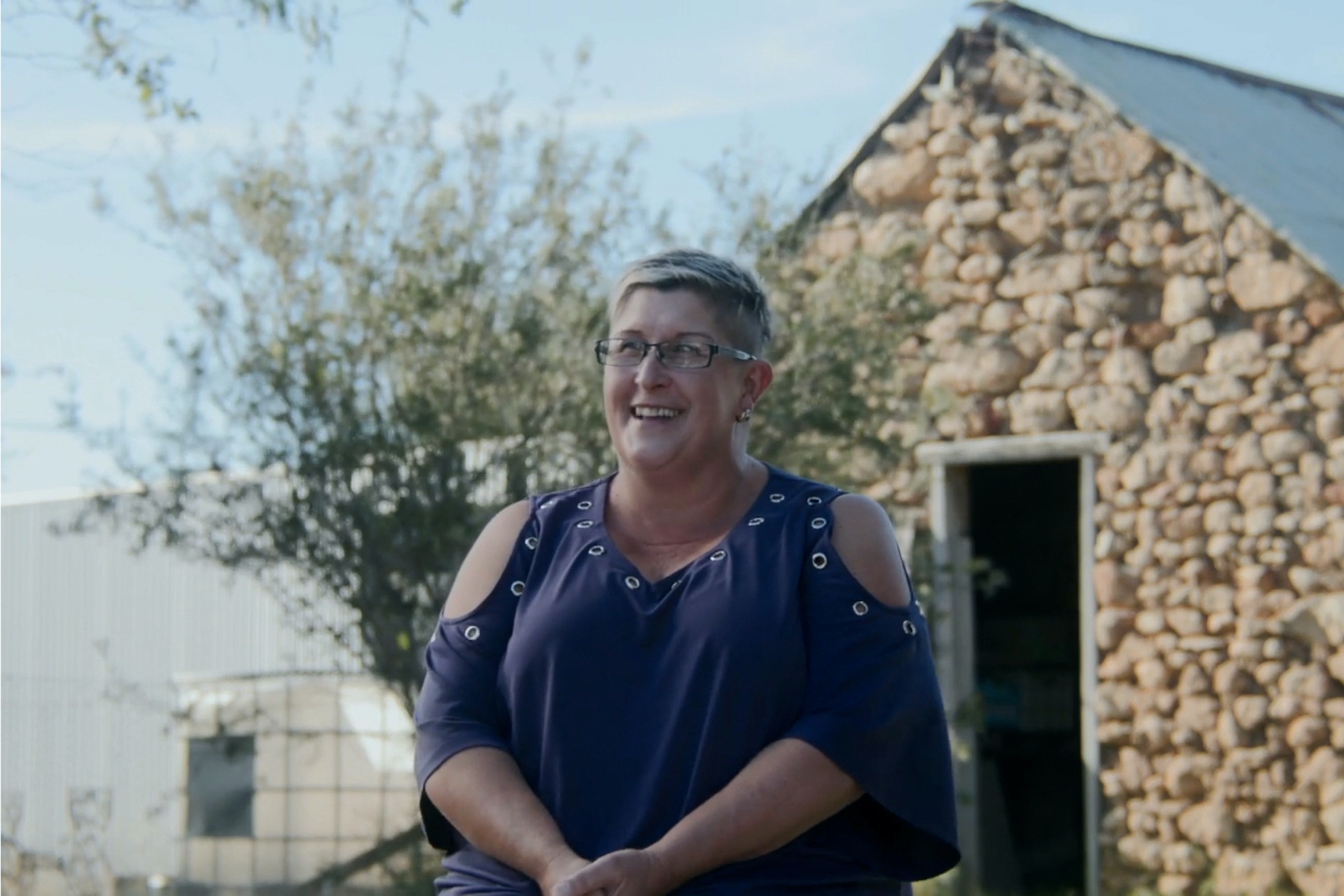Share

 The average Australian consumer sees over 4000 advertising messages in a single day. We live in an era where consumers are bombarded with advertising and brand messaging across a multitude of platforms throughout their day-to-day — whether they’re on the train, driving to work, looking at their phone, watching a program, reading the news or scrolling social media. This means that the need for brands to cut through the clutter is essential. To do this, the style and format of marketing messages need to be distinct enough to live on in a customer’s memory long after being delivered.
The average Australian consumer sees over 4000 advertising messages in a single day. We live in an era where consumers are bombarded with advertising and brand messaging across a multitude of platforms throughout their day-to-day — whether they’re on the train, driving to work, looking at their phone, watching a program, reading the news or scrolling social media. This means that the need for brands to cut through the clutter is essential. To do this, the style and format of marketing messages need to be distinct enough to live on in a customer’s memory long after being delivered.
Last month, we announced the Zeller Regional Small Business Grant alongside the release of our new short film, Welcome to Inglewood. This is the second short film that we’ve released in the past 12 months, showcasing the businesses, people and stories behind Australia’s iconic small business communities. This marketing program leverages the power of long-form storytelling to celebrate Australia’s regional business communities. It’s also a great case study for how a brand can take a local story and make it national through the right medium.
Here are the three key principles to follow when using long-form storytelling as part of your marketing strategy.
1. Be authentic
One of the most important questions to ask before embarking on any long-form content is: does the story align with your brand’s mission and core values? The success of your long-form storytelling is driven through the discrete integration of your brand in the content and why you’ve chosen to tell the specific story you have.

Being deliberate around the ‘why’ when choosing to experiment with long-form content and storytelling is important, as audiences crave authenticity. In Welcome to Inglewood, you very briefly see a Zeller product, and that’s intentional. We didn’t want to hit the audience over the head with product-led marketing or advertising messages. Instead, we kept the core focus on the heroes of the film and enabled them to showcase their stories. Learn to become comfortable having your brand recede discreetly into the background.
2. Find the right story
Not every member of the audience is ready to sit down and watch a 10-minute short film. People are busy and likely not watching from their couch at home. The right story, told in the perfect way, can help overcome barriers to engagement.
More than 75 percent of the audience who watched Welcome to Inglewood did so from a mobile or tablet device, with an average completion rate of over 80 percent. This is for a video that clocks in at over 12 minutes and 30 seconds in length. Finding the right story that’s personable, relatable and shareable will deliver you above-average engagement, as your audience becomes engaged with the narrative.
When selecting which story to share in a longer format, make sure you uncover the human element. Are your characters people your audience will get behind and fall in love with? What is their background and will people feel passion for their purpose? Before putting pen to paper, ensure you have the right elements of the story in place: protagonists, a clear narrative, challenges to overcome and a positive outcome. This will ensure you deliver a story that will keep your audience engaged from start to finish.
3. Build a deeper emotional connection
When was the last time you purchased something from a brand you didn’t care about? Probably more recently than you think. But long-form storytelling elicits a deeper, emotional response to your brand, by tapping into the power of desire. This will help customers feel moved, compelled or connected in a way that’s stronger than a pure price or promotion tactic. As a result, this will drive more committed purchasing decisions.

By showcasing authentic, personal stories of the merchants in Welcome to Inglewood, we see how using long-form storytelling builds a deeper emotional connection with existing and future customers. Australian business owners can see their own lives and challenges reflected through the stories of the Inglewood small business heroes showcased in the short film. This type of connection is why user-generated content (UGC) is such an effective medium in driving purchasing decisions, with studies showing that 93 percent of customers rely upon UGC when choosing what to purchase. With Welcome to Inglewood, we saw a triple-digit increase in user engagement across video, web and social media, surpassing the performance of more traditional price and promotion-based marketing.
Long-form storytelling, user-generated content and social storytelling aren’t the right fit for every brand, campaign or purpose. Identifying the right story, format and time to leverage this type of marketing is essential before diving in. It also requires a re-think of your traditional marketing mix when promoting your short film. Here at Zeller, our investment to market this content is minimal, although we leverage a robust mix of earned (public relations) and owned (social media) distribution channels to successfully drive national reach.
Be sure to approach your go-to-market strategy in the same way you would the story itself — leverage the network of your content heroes, be comfortable having your brand fade into the background more than usual and be authentic. Long-form storytelling is not just a marketing tool, but a unique opportunity to strengthen your brand voice in a crowded advertising marketplace.















